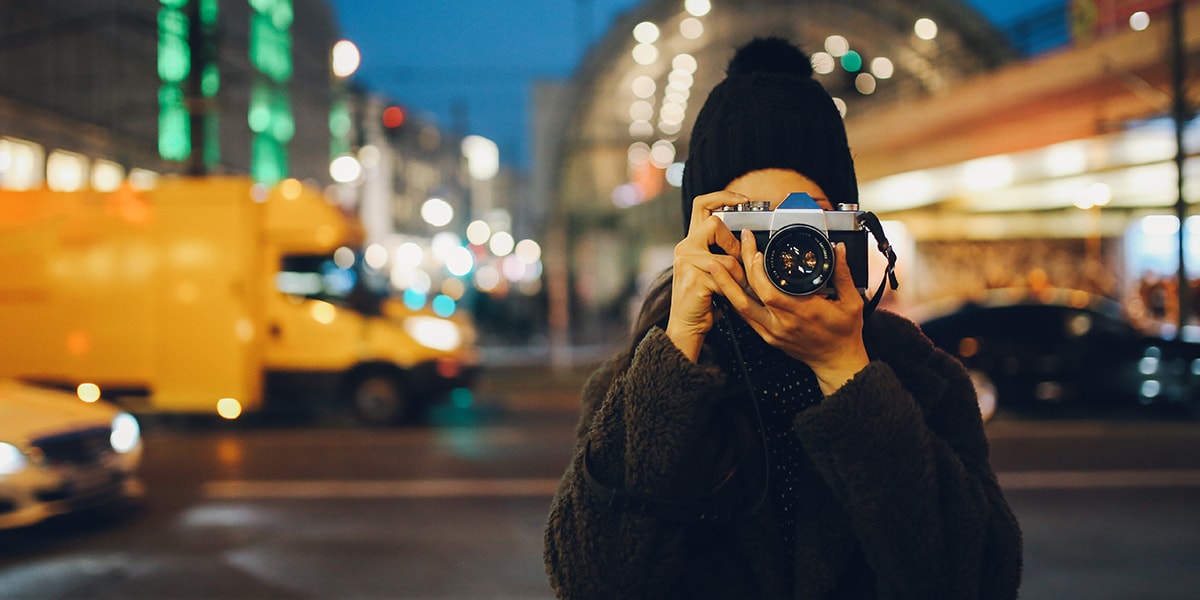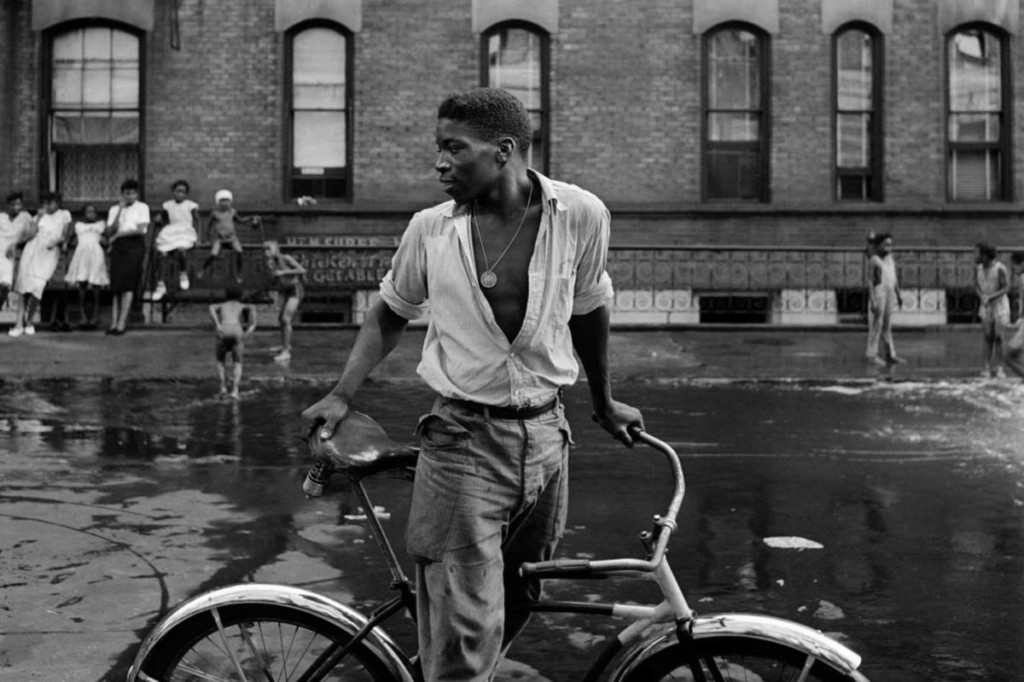Framing Streets Fundamentals Explained
Table of Contents9 Easy Facts About Framing Streets ExplainedGetting My Framing Streets To WorkAbout Framing StreetsNot known Facts About Framing StreetsFraming Streets - An OverviewThe smart Trick of Framing Streets That Nobody is Discussing
, usually with the purpose of catching images at a crucial or touching minute by cautious framework and timing. https://www.pageorama.com/?p=framingstreets1.
Excitement About Framing Streets
Susan Sontag, 1977 Road photography can concentrate on people and their actions in public. In this regard, the road digital photographer resembles social documentary photographers or photojournalists who additionally operate in public locations, but with the goal of recording newsworthy events. Any one of these digital photographers' images may catch individuals and building noticeable within or from public places, which typically requires browsing moral issues and laws of privacy, safety, and property.
Representations of day-to-day public life develop a category in nearly every period of world art, beginning in the pre-historic, Sumerian, Egyptian and very early Buddhist art durations. Art managing the life of the street, whether within sights of cityscapes, or as the leading theme, appears in the West in the canon of the North Renaissance, Baroque, Rococo, of Romanticism, Realistic look, Impressionism and Post-Impressionism.
The 9-Second Trick For Framing Streets
Louis Daguerre: "Boulevard du Holy place" (1838 or 1839) In 1838 or 1839 the first picture of figures in the road was recorded by Louis-Jacques-Mand Daguerre in among a set of daguerreotype views extracted from his studio home window of the Boulevard du Temple in Paris. The 2nd, made at the elevation of the day, reveals an unpopulated stretch of street, while the various other was taken at about 8:00 am, and as Beaumont Newhall records, "The Boulevard, so regularly filled with a moving bunch of pedestrians and carriages was perfectly singular, except an individual who was having his boots combed.
, who was motivated to undertake a similar documents of New York City. As the city created, Atget aided to advertise Parisian roads as a deserving topic for photography.

The Buzz on Framing Streets
Andre Kertesz.'s commonly appreciated Images la Sauvette (1952) (the English-language edition was titled The Crucial redirected here Minute) advertised the concept of taking a photo at what he labelled the "crucial minute"; "when kind and material, vision and composition combined right into a transcendent whole" - copyright Camera.
The Buzz on Framing Streets
The recording maker was 'a concealed camera', a 35 mm Contax hidden under his coat, that was 'strapped to the upper body and attached to a lengthy wire strung down the appropriate sleeve'. Nevertheless, his work had little modern effect as due to Evans' level of sensitivities about the creativity of his project and the personal privacy of his subjects, it was not released until 1966, in the publication Lots of Are Called, with an introduction composed by James Agee in 1940.
Helen Levitt, after that a teacher of kids, connected with Evans in 193839. She documented the transitory chalk illustrations - vivian maier that belonged to kids's road society in New york city at the time, as well as the kids that made them. In July 1939, Mo, MA's brand-new digital photography area consisted of Levitt's job in its inaugural eventRobert Frank's 1958 book,, was considerable; raw and typically indistinct, Frank's photos questioned conventional photography of the time, "tested all the official guidelines put down by Henri Cartier-Bresson and Pedestrian Evans" and "contradicted the wholesome pictorialism and heartfelt photojournalism of American publications like LIFE and Time".